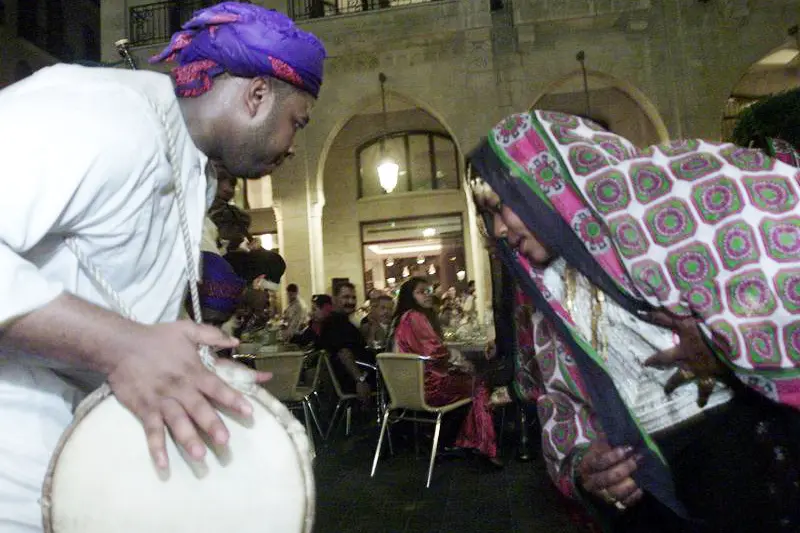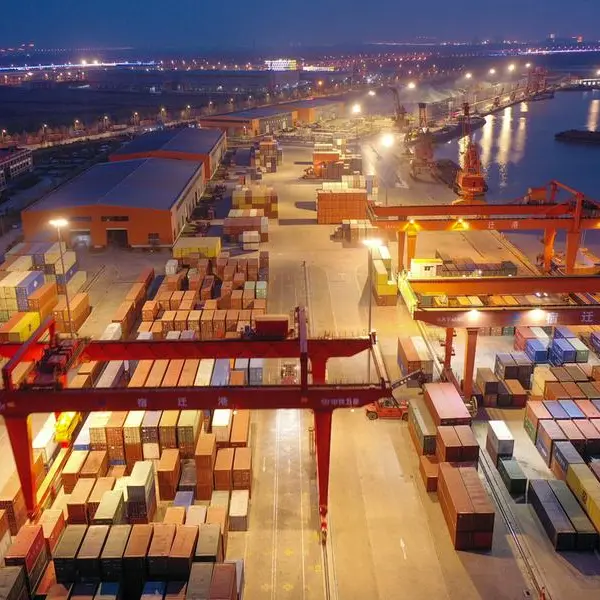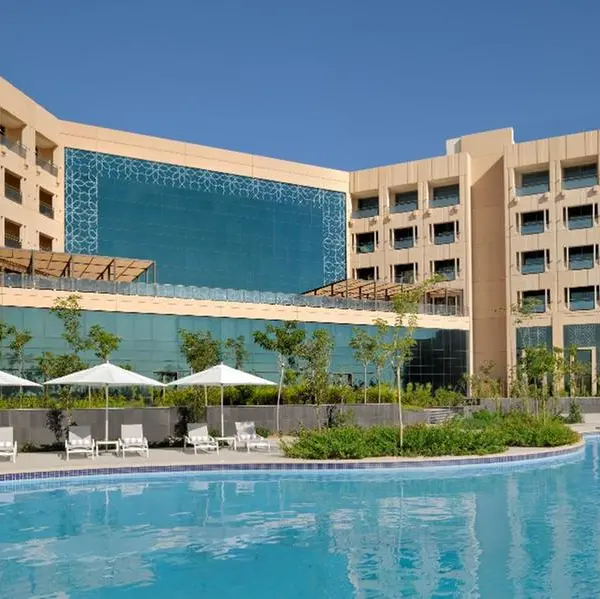PHOTO
The 2040 strategy unveiled by the Ministry of Tourism lays the groundwork for turning Oman into a prime luxury tourism destination
“Travel is the only thing you buy that makes you richer.” This is a pithy quote that one can find on the Internet, credited as anonymous. And it is absolutely true. Travel makes one richer with experience and if you are already rich in terms of bank balance, you can make the experience far more luxurious and tailor made to your requirement.
Globally, the luxury tourism segment is witnessing a stellar growth and the recent economic turmoils does not seems to have dampened the holiday spirit of the affluent. According to market reports, luxury travel growth has outpaced the overall market. Data from a report by Amadeus based on business and first-class flights shows that luxury travel saw a compound annual growth rate (CAGR) of 4.5 per cent between 2011-15, compared to an overall figure of 4.2 per cent.
Oman's famed natural beauty, cultural heritage and great hospitality has been attracting tourists of all categories for years. But with a renewed focus on developing a sustainable non-oil economy, the government has come out with an ambitious strategy of turning Oman into a luxury tourism destination to attract more high net worth travellers from across the globe.
Hossam Kamal, GM, Salalah Rotana, says, “Over the past years, Oman has promoted its tourism offering as an upscale destination in a laudable effort to position itself as the ideal luxury market. This complements the desire of present day travellers who are seeking unique experiences, comfort, quality service and exclusivity, away from mass tourism.
“The sultanate is abundantly blessed with natural resources and scenic landscapes which makes it stand out in the region providing opportunities for luxury adventure travel, exploration of its historical sites and rich cultural heritage. Moreover, Omanis are very hospitable and welcoming by nature and that’s what makes the travel experience authentic.”
Strategy 2040
Recently Oman's Ministry of Tourism unveiled its 2040 strategy which will see an investment of RO20bn and is expected to generate over half a million job opportunities. This move willhave a wide ranging impact on the industry in the country as it will look into revamping theexisting model of tourism.
While unveiling the strategy, H E Maitha bint Saif al Mahrouqi, Undersecretary in MoT, said that more than 700 people took 12 weeks to prepare the draft of the strategy, which included a series of workshops.
According to the new plan, the ministry wants to increase the total accommodation available in the country to 80,000 rooms, which will include, 33,373 hotel rooms, 29,287 vacation home rooms and 17,262 integrated tourism complex (ITC) rooms. Currently Muscat has 53 per cent share of the total accommodations in the sultanate, which is expected to come down to just over 30 per cent by the end of the plan period, as the ministry wants to promote other regions, especially Dhofar, which will see its room share increase from 12.6 per cent to 23.8 per cent.
According to the statistics available from the National Center for Statistics and Information (NCSI) approximately 2.5mn tourists arrived in Oman until October 2016 compared to 2.2mn in the same period tin 2015. This shows that the tourism influx wasn't greatly hampered despite low oil prices and crisis in the Eurozone.
The ministry aims to attract around 12mn domestic and international tourists in 2040. Apart from this, the new strategy is expected to create 535,574 direct and indirect jobs by 2040 compared to 89,413 now.
To realise this ambitious strategy, the government is partnering with private players, who are expected to bear approximately 86-89 per cent of the investment.
The country is already seeing many new international players entering the market through resort and hotel developments. James Hewitson, GM, Al Baleed Resort, Salalah, which is part of Anantara Hotel group, says, “Oman with its culture, unique topography and 3500km of coastline has been on our radar for many years to try and establish the Anantara brand.
“The country and its people are a great fit for the Anantara brand values – indigenous, authentic luxury and expertise. Thus we are delighted to have opened two resorts in 2016 which capture the different viewpoints of the country in terms of the locations – Salalah and its wonderful beaches versus Jabal Akhdar and its amazing mountains and scenery.”
The 2040 strategy will be implemented in three stages – Preparation (2016-20), Growth (2021-30) and Stability (2031-40) – in association with public and private entities including the Ministry of Commerce and Industry, the Supreme Council for Planning, ROP and Oman Air. MoT will also undergo transformation with the creation of new departments as well as the training and education of its staff.
Advantage Oman
Oman's natural beauty and peaceful environment despite ongoing troubles in the neighbouring countries are aspects that will encourage more tourists to visit the place. Kamal says, “Considering the political instability around the world and specially the region, Oman has enjoyed peace and maintains strong relations with its neighbours.
This in my opinion is a key factor that will help the industry as travelers are concerned about their safety and will only visit places they feel are safe.”
The 2040 strategy is based on utilising its natural attributes like wadis, desert, coast and wildlife as well as its cultural heritage. According to the plan, 14 clusters of tourist infrastructure will be built around the country as per regional attributes, which will include coastal areas, bronze and iron age ruins, castles, mountains, villages and wadis, bedouin region and Rub al Khali.
Hewiston says, “Oman has so many stories and history to offer that it is very easy to capture the attention of potential tourists and create interest and intrigue. Perhaps in the past Oman had set up good corporate hotels located near city centres and moving forward we’ve now realised that there is a higher demand for more beach front resorts offering leisure travellers a different experience.”
Ground realities
While the outlook is positive for Oman being developed into a luxury tourism destination, there are still some challenges that will affect growth. The major aspect is logistics. Except for Muscat, other cities like Salalah does not have direct air connectivity with major destinations.
Kamal says, “One of the key challenges facing the industry is the lack of direct flights especially to Salalah. Airlines play a strategic role in making a destination accessible. A boost in tourist numbers will be aided with an increase in flights. However, the strategic move by the Ministry of Tourism to promote the destination and place it on the global tourism map is evident in its participation in major travel trade shows around the world. This will certainly expose the country’s potential as a luxury destination.”
Another cause of concern is economic problems like the Eurozone crisis or the low oil prices can have serious impact on the industry. Hewitson says, “Certainly the lower oil prices have meant that there is a lower level of disposable income around and we have been conscious of this when preparing our pricing strategy for all our partners.”
Despite these odds, the industry is generally upbeat about the future and are preparing for good times ahead. “We feel we have entered the market with a great new product at the right price to attract guests to visit Salalah over some of the more costly destinations that perhaps guests have visited numerous times before. With all the new initiatives in the area supporting our new openings it promises to be a very bright future for luxury tourism in Oman,” says Hewitson.
© Business Today 2017























